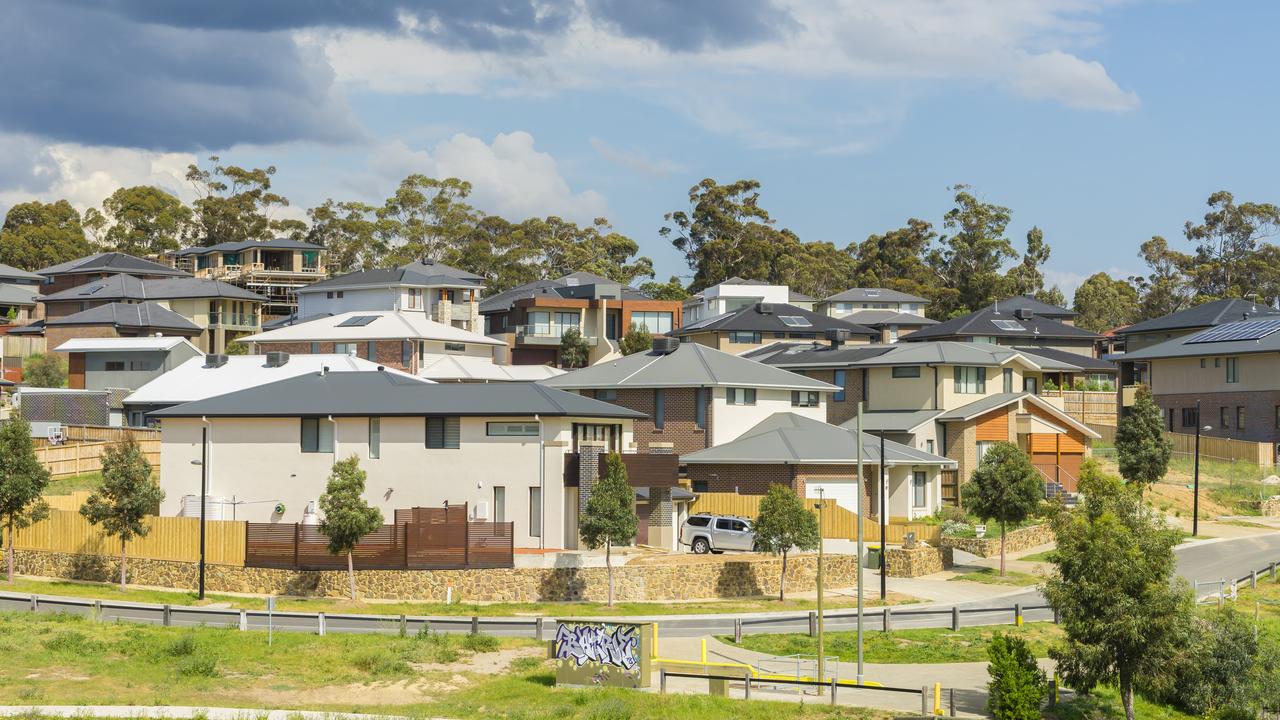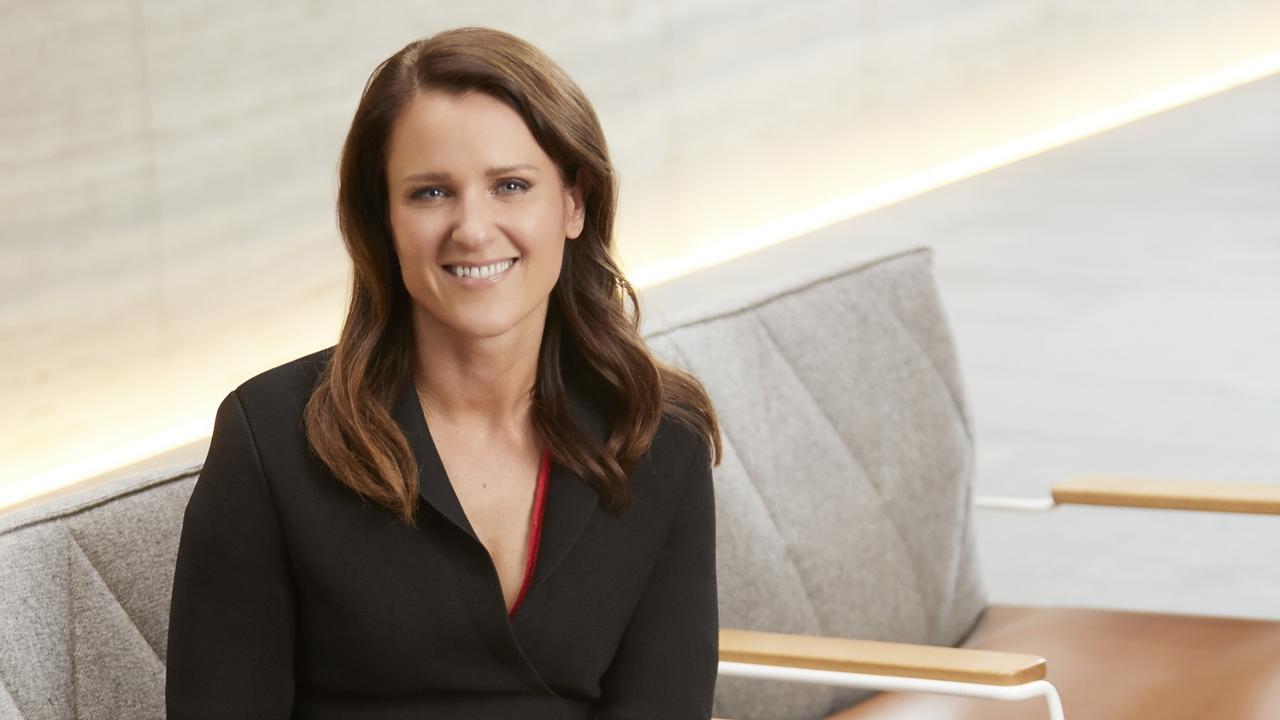Experts warn of glaring issues with new first home buyers scheme
It is supposed to give first home buyers a much-needed leg up — but experts have warned of glaring holes in this radical new scheme.

One of the “biggest hurdles” facing first home buyers will disappear within months after the ALP vowed to match a radical new housing plan announced by the Coalition yesterday.
Prime Minister Scott Morrison revealed his $500 million First Home Loan Deposit Scheme on Sunday, spruiking it as a way to get more first home buyers in the market.
But just hours after it was first unveiled, serious questions about how it will actually work — and the potential impact on house prices — have already been raised.
THE SCHEME:
At the moment, buyers usually need a 20 per cent deposit to avoid paying mortgage insurance.
Under the Coalition’s scheme — which Labor has also promised to match — eligible first home buyers would only need a 5 per cent deposit, with the government guaranteeing the rest and covering the mortgage insurance under a special loan.
Under the Coalition’s plan, borrowers would still need to go through the usual checks and balances when applying for a home loan, and will eventually repay their loan as usual.

When the scheme was announced yesterday, Mr Morrison stressed “this isn’t free money” — but rather a way to help first home buyers get their foot in the door quicker, and avoid paying “thousands” in mortgage insurance in the “form of equity through the National Housing Finance and Investment Corporation”.
The program will be available to first home buyers with an income of up to $125,000 or couples with a joint income of up to $200,000, and will kick in from January 1.
But there’s a big catch — it will only be available to 10,000 borrowers.
THE PROBLEMS:
The reaction to the announcement has been one of cautious welcome, with commentators agreeing that it will bring relief to some people struggling to enter the market.
However, the main concerns raised so far centre on the fact only 10,000 buyers will benefit — a figure that represents just 10 per cent of recent first home buyers.
Others worry it could potentially affect house prices by putting more people in the market, while some say it could lead to people accessing huge loans without being able to repay them.
In a press conference this morning, Mr Morrison repeatedly dodged reporters’ questions surrounding the policy, and seemed stumped when asked whether any modelling had been done on its impact on housing prices.
“We want to see more first homebuyers in the market, absolutely. And we don’t want to see people’s house prices go down,” he said.
When asked for concrete information again, he said: “I don’t want them to go down. I want to see people, when they buy their first home, to be able to stay in the market and keep the value of their home that they’ve bought.”
THE RESPONSE:
Independent economist Saul Eslake said the plan could help a lucky few get ahead.
“Historically I’ve had reservations about these sorts of schemes because they’ve usually had the impact of putting upwards pressure on prices — in most market conditions, if you allow people to spend more money than they otherwise would, then that’s what they do,” he told news.com.au.
“But in current market conditions when prices have been falling, that’s far less likely, and it may actually have a positive impact on home ownership rates.”
Mr Eslake said there was a concern that if some people borrowed more than they were capable of servicing, and if prices continued to fall, some “unlucky” borrowers could potentially find themselves in a “negative equity position”.

But he said limiting the scheme to 10,000 borrowers would lessen the potential impact on the wider economy and “reshuffle the queue” to allow those first home buyers who can benefit from the scheme to simply move ahead of others.
He said while the scheme might “encourage people to take on higher levels of debt”, it was still a better policy than others designed to benefit first home buyers, such as the Super Saver Scheme.
“I have reservations about extending the Super Saver Scheme because arguably it undermines the purpose of super, so I wouldn’t have wanted to see that scheme extended. This one is an improvement.”
Meanwhile the Property Council of Australia welcomed the “smart proposal” and predicted it would help young buyers and boost construction.
The First Home Buyers Deposit Scheme announced today by @ScottMorrisonMP is a smart proposal which helps first home buyers and provides some confidence for the housing construction sector #ausvotes https://t.co/2iyNdfgb5y
— Property Council (@PropertyCouncil) May 12, 2019
But independent MP Kerryn Phelps has spoken out about one of the biggest worries regarding the new scheme.
“I think the concerning thing is that if people are going to be borrowing 95 per cent of the cost of a house, and with the falling property market, if they get into mortgage stress and they’re not able to make repayments … then people may find they’re in a situation of having to sell that property and they owe more than they own,” she said during an interview with Sky News.
.@drkerrynphelps on home deposit changes: The risk of this to the housing market is limited to the fact that there are only going to be 10,000 of these loans on the first come, first serve basis.
— Sky News Australia (@SkyNewsAust) May 12, 2019
MORE: https://t.co/cnxAXrLKY3 #firstedition pic.twitter.com/0ECBGs1zWO
Realestate.com.au chief economist Nerida Conisbee said it was good news for a select group of Australians.
“It will help people get into the market because that major hurdle of getting a deposit together will be overcome,” she told news.com.au.
“But one concern is that first home buyers will pull forward demand and as a result may push up prices at certain price points — it is a valid concern because we do see that when first homebuyer incentives are offered.”

Ms Conisbee questioned the necessity of the scheme, given first homebuyer activity was now at a “six-year high”, but said it would benefit first home buyers in a “positive” and “targeted” way without affecting rental levels in the same way other housing reforms could, such as Labor’s proposed changes to negative gearing.
Meanwhile, the CEO of community housing provider network PowerHousing Australia, Nicholas Proud, said first home lending now sits at around 17.7 per cent — above the overall average rate since the ABS started collecting this data — and that the scheme will see more new homes built and enable more Aussies to buy a home faster.
“The First Home Loan Deposit Scheme will offer support with up to $500 million in the form of equity through the National Housing Finance and Investment Corporation and focuses on improving housing affordability, a role which NHFIC has already started to get runs on the board,” he said.
“Whilst the scheme will also help first home buyers save around $10,000 by not having to pay Lenders Mortgage Insurance, it may just substitute for a First Home Owners Grant where this no longer exists or where it may be phased out.
“With the ALP pledging to match this policy there is an indication as we hear the last of this cycle’s political advertising that housing is a key issue for Australians and will influence voters’ decisions this Saturday.”
Continue the conversation @carey_alexis | alexis.carey@news.com.au




